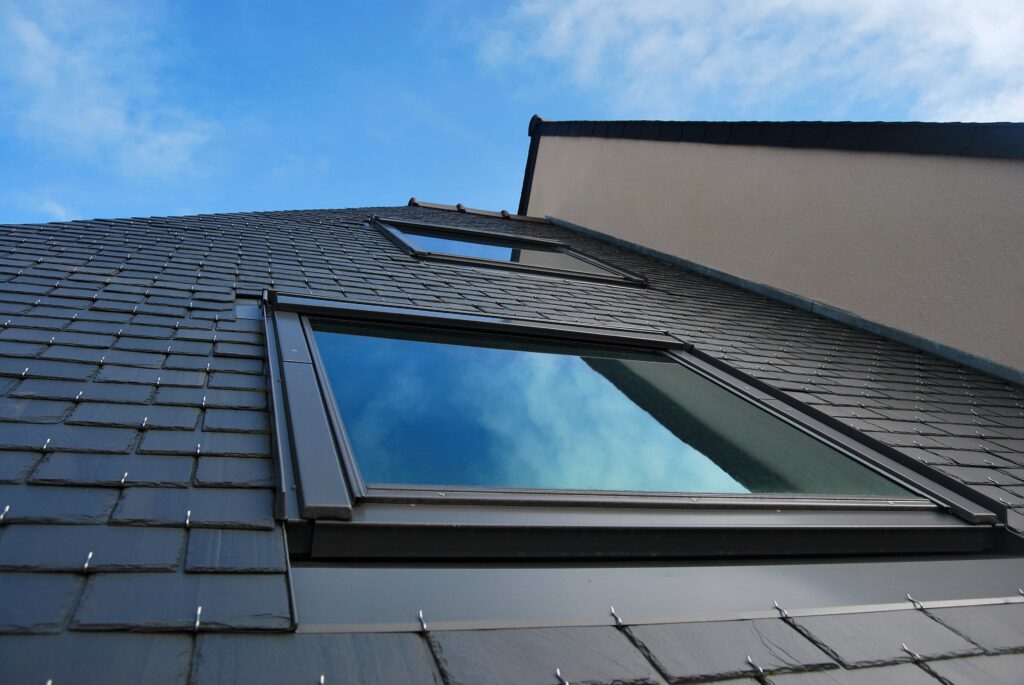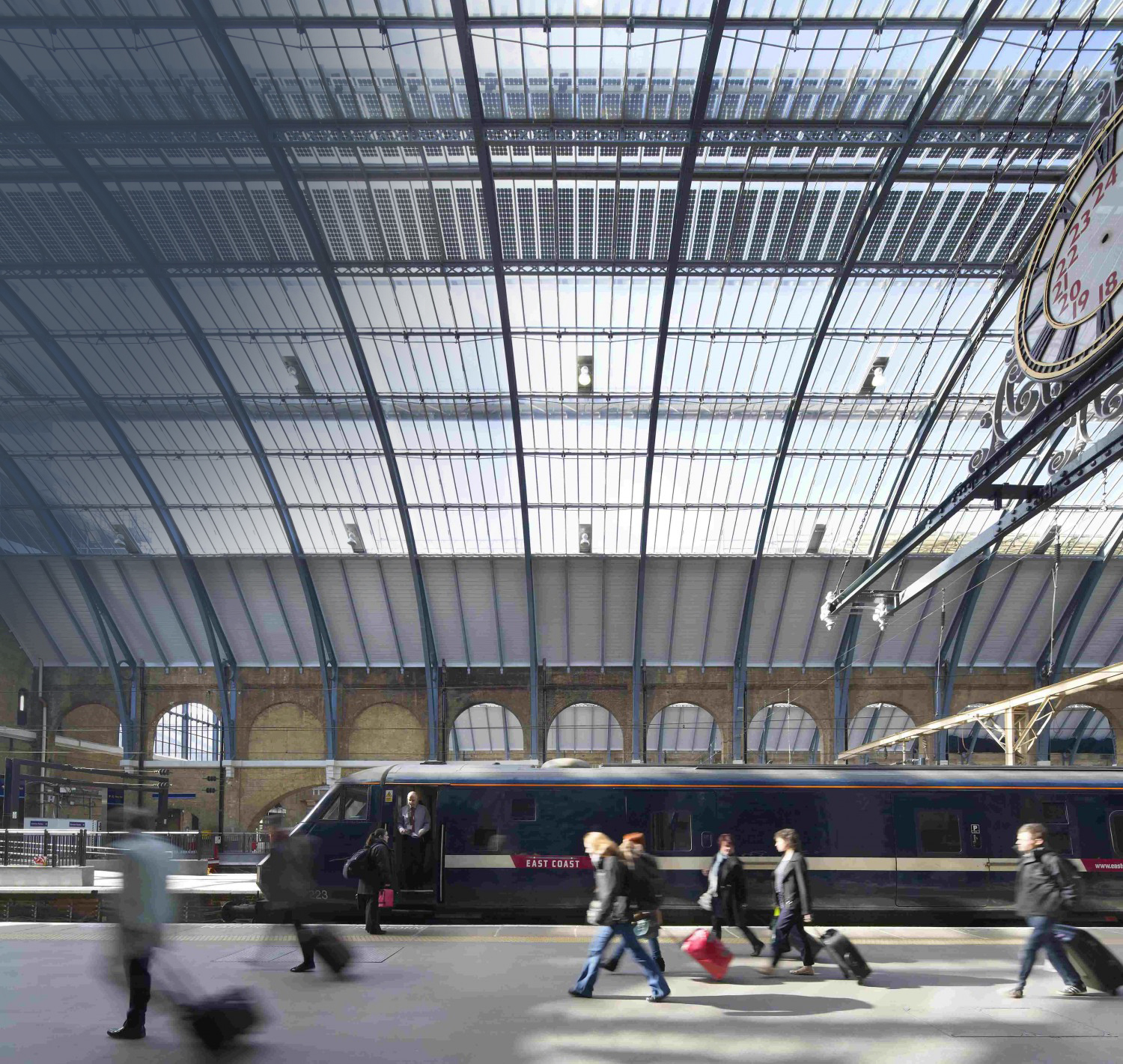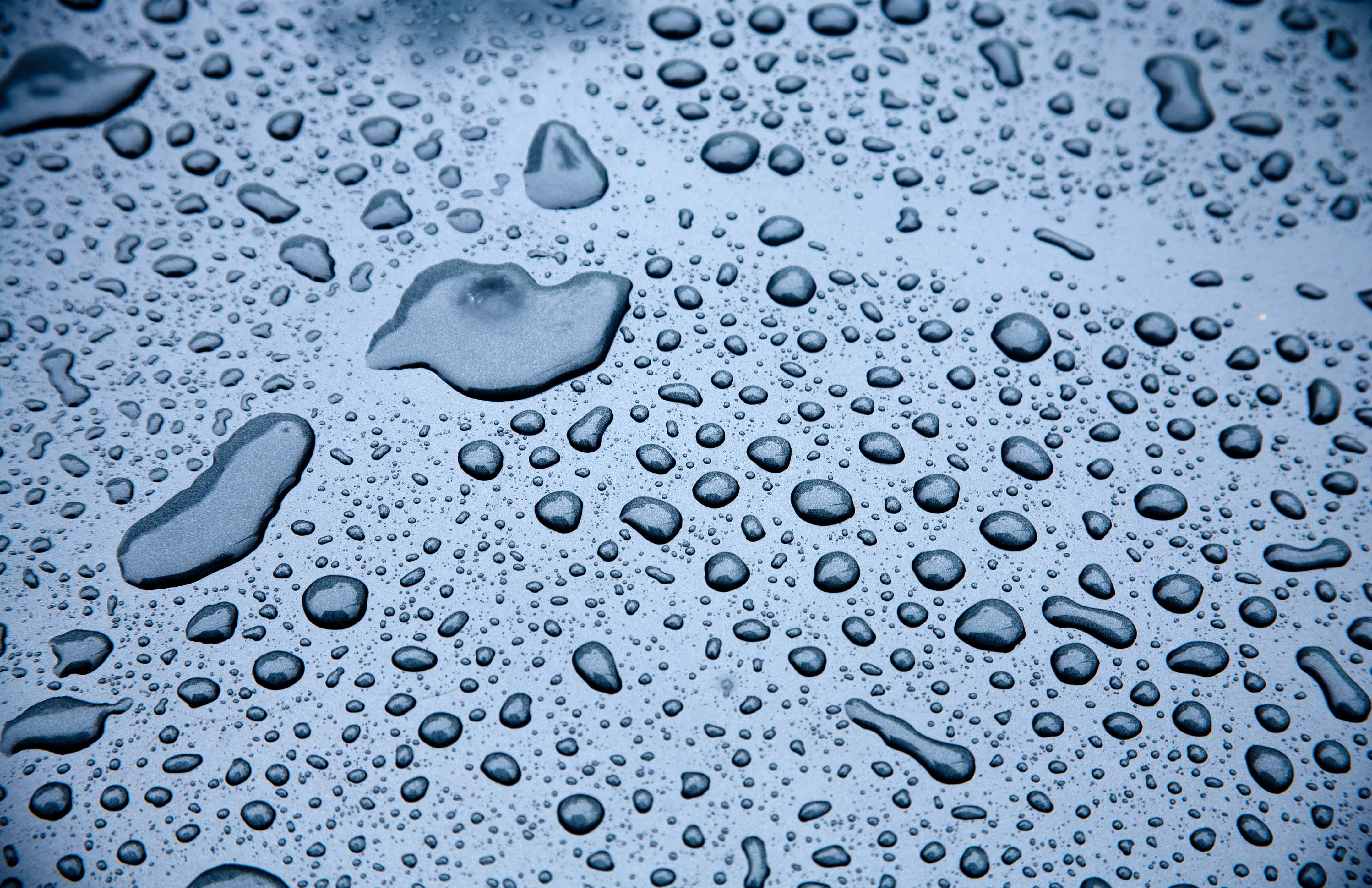How To Prevent Rooflight Condensation
Rooflights like other windows can be subject to condensation. Rooflight condensation is an issue in many buildings as both domestic and commercial environments are open to moisture which reacts with the glass to cause the condensation effect. In this article we will look into how you can prevent rooflight condensation, so you can ensure that this is not a problem in your building.
How To Identify Condensation
Condensation problems can come out of nowhere, so you must be able to identify when you have a condensation issue within your building/property. There are several signs that you should look out for that signify when condensation has formed:
- Wet walls and window panes
- Mildew or Mould on walls and window seals
- Damp or deteriorating furniture
- Damage to flooring
- Flaky or bubbling paint or wallpaper on walls
- Worsening of wall or loft insulation
If you witness any of these signs in your building you likely have a condensation issue. You must find these problems and address them as soon as possible to avoid further implications.
Internal Causes of Condensation
Rooflight condensation occurs when moisture in the air rises to the ceiling and then comes into contact with the glass surface of rooflights which are influenced by weather conditions and outside temperatures. The root cause of condensation on rooflights is the conversion of vapour into liquid. When the air becomes more saturated with moisture, it is then released in the form of water droplets leaving you with condensation. Condensation on rooflights is more prevalent during winter as the level of temperatures from outside to inside are much greater. This issue also arises as we very rarely have our windows open in the winter months due to the cold weather, so the interior environment is not ventilated as well.
When it comes to condensation, we contribute to this by creating more water vapour or humidity into the atmosphere with daily tasks that we complete. This includes even the simplest of activities:
- Cleaning
- Breathing
- Human Perspiration
- Cooking
- Showering or Bathing
- Watering Indoor Plants

How To Maintain Ventilation
Effective ventilation is the best way to reduce and prevent rooflight condensation. To successfully ventilate your building, you need to substitute moist air within your property with the fresh dry air outside. This way you will no longer have to worry about water droplets forming on your rooflights. To create a better-ventilated environment, you should do the following:
- Use extractor fans when cooking, cleaning and showering when possible
- Use dehumidifiers to capture and eliminate extra moisture in the air
- Try not to overuse any appliances that may produce too much warm or damp air such as kettles and irons
- If you are drying clothes do this outside rather than inside if possible, to further reduce moisture in your property
- Keep blinds and curtains open during the day to allow air to circulate
- Open your windows for around an hour or two daily
The addition of a proper ventilation system is one of the best ways to reduce moisture levels in buildings. These systems will help to remove moisture from the air, to ensure your air space is clean and breathable
How does Lonsdale prevent condensation?
It’s very important to avoid as much cold transfer from outside to inside as possible, so we use thermal breaks in our aluminium sections to prevent what is known as a ‘cold bridge’. This results in the internal rooflight frame remaining closer to the temperature in the room so water vapour is not cooled into moisture. Similarly, special Low-E coatings are applied to the glass and ‘warm edge’ spacers bars used within the double glazed unit to retain heat and ensure the inside pane of glass is not cooled by the lower outside temperature.
What else you can do
If you are not lucky enough to have installed a rooflight with the above features and you have a condensation problem, it is essential to ensure that your rooflight has been fitted properly. To do this you should check for any small gaps in the outer panel to ensure that insulation is not affected. If you find any cracks or holes in the joints or the corners, this should be covered by silicone caulk. While doing this we also recommend removing any moisture, dirt, leaves and any other debris which has settled around the rooflight’s flashing which might increase standing water on the roof. Check that the roofing felt or membrane is in good condition and correctly dressed up the side of the curb. Finally, you should check that your rooflight’s weather strip or glazing beads are in good condition and replace if necessary. You should do all of these tasks annually as part of preventative maintenance, this way you can reduce the chances of future issues.
Now you know how to prevent rooflight condensation, it is now over to you to reduce condensation within your properties. If you are looking for rooflights with better ventilation qualities, browse our opening rooflight ventilators. Contact us today if you have any questions or require further information regarding condensation and rooflights, to speak to one of our experts on Tel 020 8801 4221.


